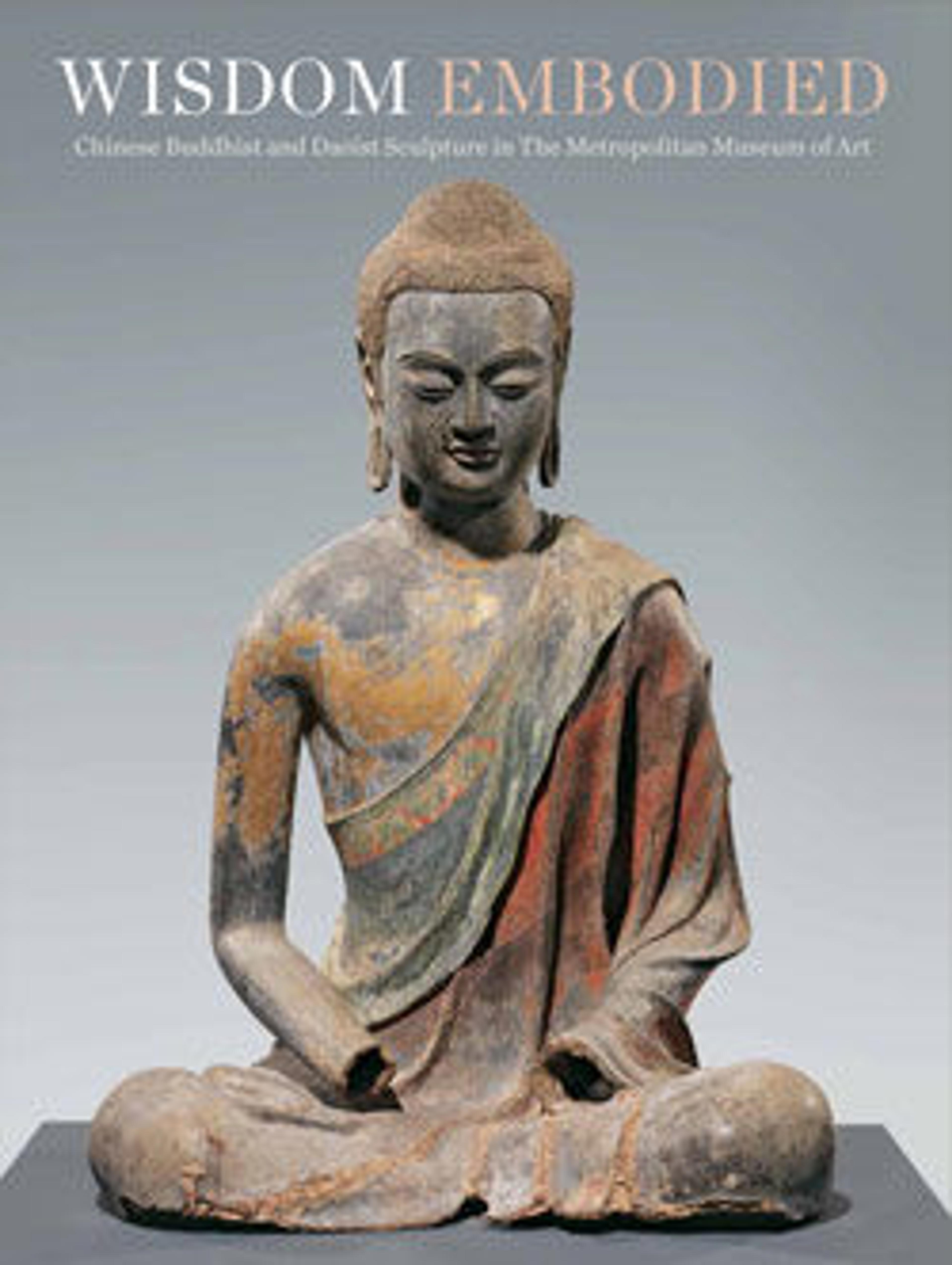Arhat (Luohan)
This sculpture epitomizes the merging of religious and secular imagery in later Chinese Buddhist sculpture. With his shaven head and elongated earlobes, the figure resembles a luohan (one of the Indian disciples of the Buddha), but his refined facial features, dignified posture, long-sleeved robe, and pointed shoes—all attributes associated with Confucian scholar-officials—identify him unmistakably as a youthful monk.
The sculpture’s tendency toward abstraction and stylization—the contours of the head, body, and robes are conveyed through the buildup of simple, curved forms—recall thirteenth-century images, but a radiocarbon date suggests that the piece dates to between A.D. 1324 and 1617.
The sculpture’s tendency toward abstraction and stylization—the contours of the head, body, and robes are conveyed through the buildup of simple, curved forms—recall thirteenth-century images, but a radiocarbon date suggests that the piece dates to between A.D. 1324 and 1617.
Artwork Details
- Title:Arhat (Luohan)
- Period:Ming dynasty (1368–1644)
- Date:16th–17th century
- Culture:China
- Medium:Wood (willow) with traces of pigment, single-woodblock construction
- Dimensions:H. 19 1/8 in. (48.6 cm); W. 7 in. (17.8 cm)
- Classification:Sculpture
- Credit Line:Purchase, Friends of Asian Art Gifts, 1990
- Object Number:1990.113
- Curatorial Department: Asian Art
More Artwork
Research Resources
The Met provides unparalleled resources for research and welcomes an international community of students and scholars. The Met's Open Access API is where creators and researchers can connect to the The Met collection. Open Access data and public domain images are available for unrestricted commercial and noncommercial use without permission or fee.
To request images under copyright and other restrictions, please use this Image Request form.
Feedback
We continue to research and examine historical and cultural context for objects in The Met collection. If you have comments or questions about this object record, please contact us using the form below. The Museum looks forward to receiving your comments.
